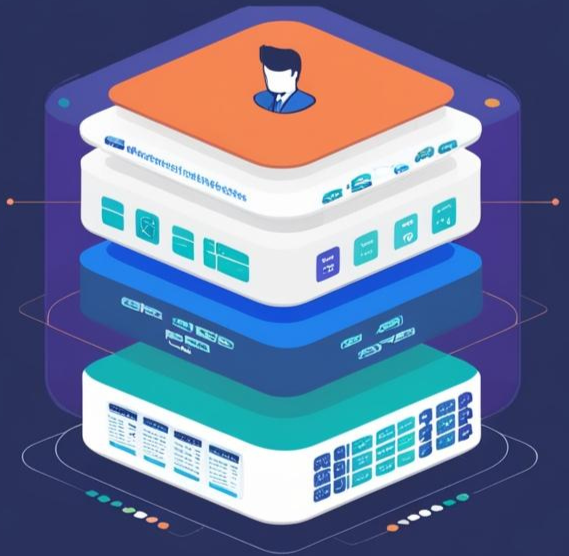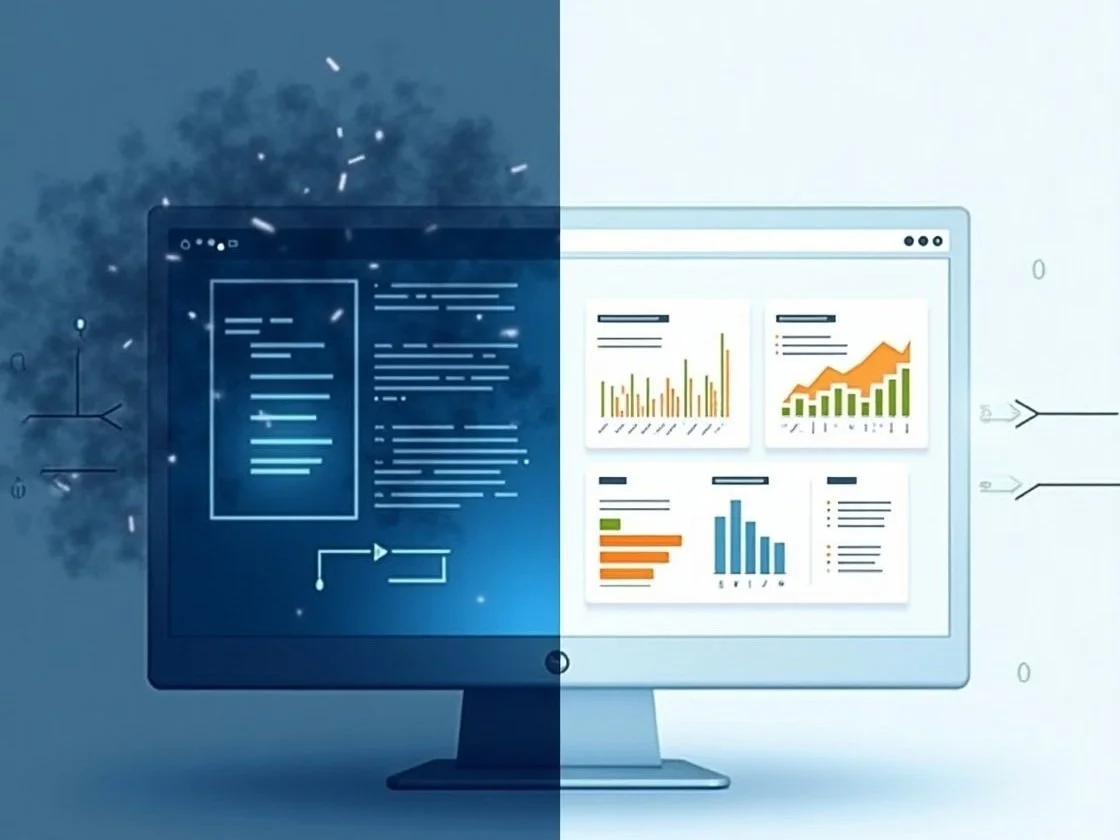AI for SMEs
A visual representation of AI service layers, illustrating how SMEs often rely on a foundational AI provider.
Targeted solutions over general AI services
The rise of AI in business began with the widespread adoption of ChatGPT, developed from language translation algorithms. Almost immediately, every conceivable application of Large Language Models (LLMs) was soon identified, leading to the rapid emergence of targeted AI services designed to monetise ChatGPT and other LLMs.
LLMs were soon followed by Generative AI, capable of creating visual, textual, and musical content, based on prompts provided by the user. These AI-driven services rely on pre-trained models that generate outputs which conform to stored templates, offering efficiency but limiting customisation.
The Challenges of LLM-Based AI for SMEs
In both cases AI services are essentially ‘wrappers’ around services provided by large, specialist, AI providers. This dependency presents significant challenges for SMEs. Since these AI giants control the underlying models, they can pivot from provider to competitor overnight, holding a distinct competitive advantage over anyone using their services.
Furthermore, the costs associated with training generalised AI models at scale create an insurmountable barrier to SMEs wishing to enter the market with independent products. Developing a proprietary LLM from scratch requires vast datasets, computing resources, and technical expertise, resources often beyond the reach of smaller businesses.
A smarter route: Niche AI solutions
Rather than competing directly in the generalised AI space, SMEs have a promising alternative, developing targeted AI solutions to address specific niches, or augment existing services with additional AI generated expert knowledge.
Expert AI applications can range from highly specialised industry insights to enhanced data capabilities, such as:
Industry-specific expertise – AI trained on niche domains like sparkling wine production in Southern England.
Image data analysis – AI systems fine-tuned to handle optical constraints in imaging.
Scientific applications – AI-assisted analysis of experimental chemistry results.
Generalised LLM vs Niche AI system
AI-Enhanced Professional Services for SMEs
Advances in low cost, efficient, AI software has enabled SMEs to develop AI-powered services either as standalone offerings or as enhancements to traditional consultancy models. The key to success in Business-To-Business (B2B) AI solutions lies in transparency, customers will demand robust performance metrics and validation for all algorithm-derived data before integrating AI insights into their operations.
By leveraging AI in targeted, high-value ways, SMEs can compete effectively without relying on the infrastructure of dominant AI providers. The future of AI in professional services isn’t about building the next ChatGTP, it is about creating AI-driven solutions that offer solutions to real-world business challenges.
Our next blog will explore how SMEs can identify opportunities.


